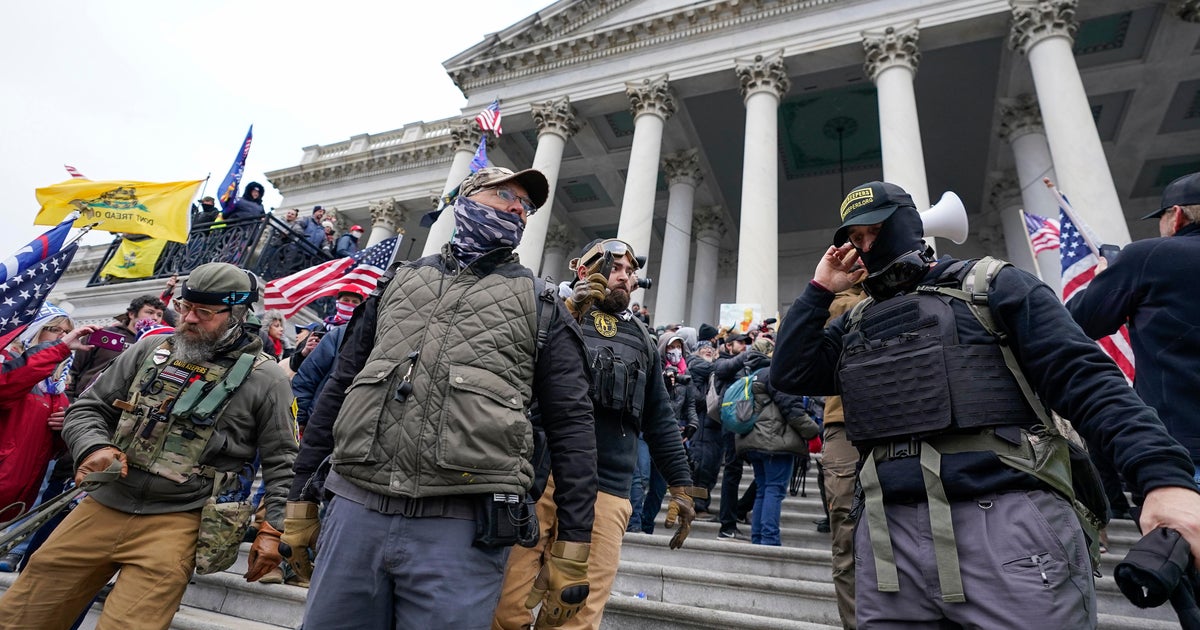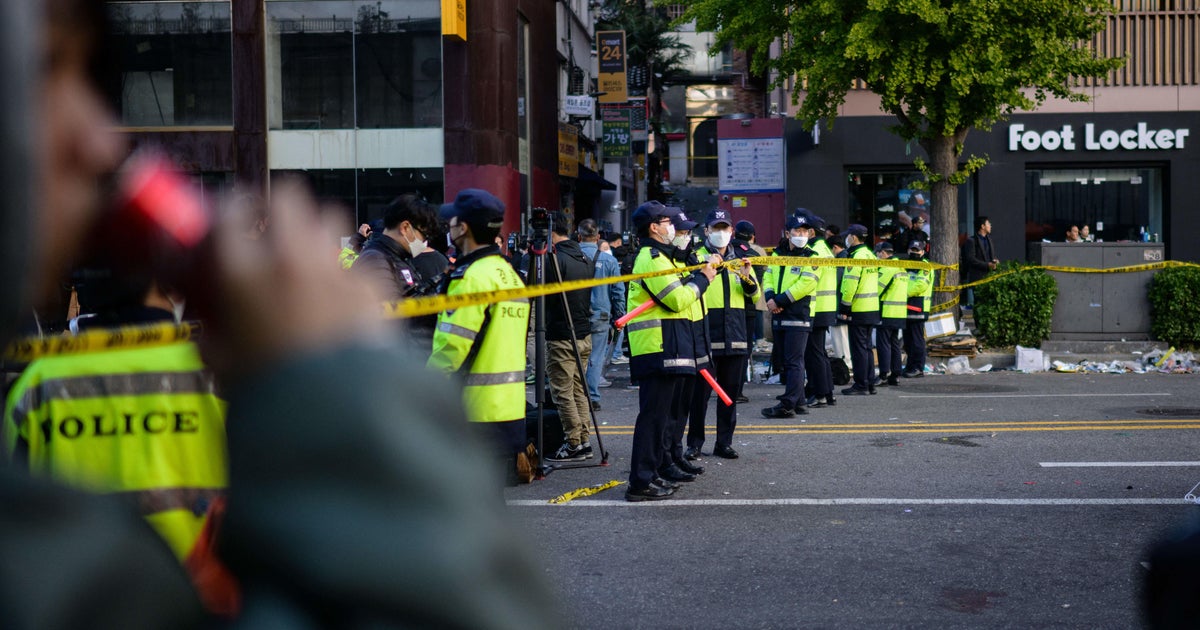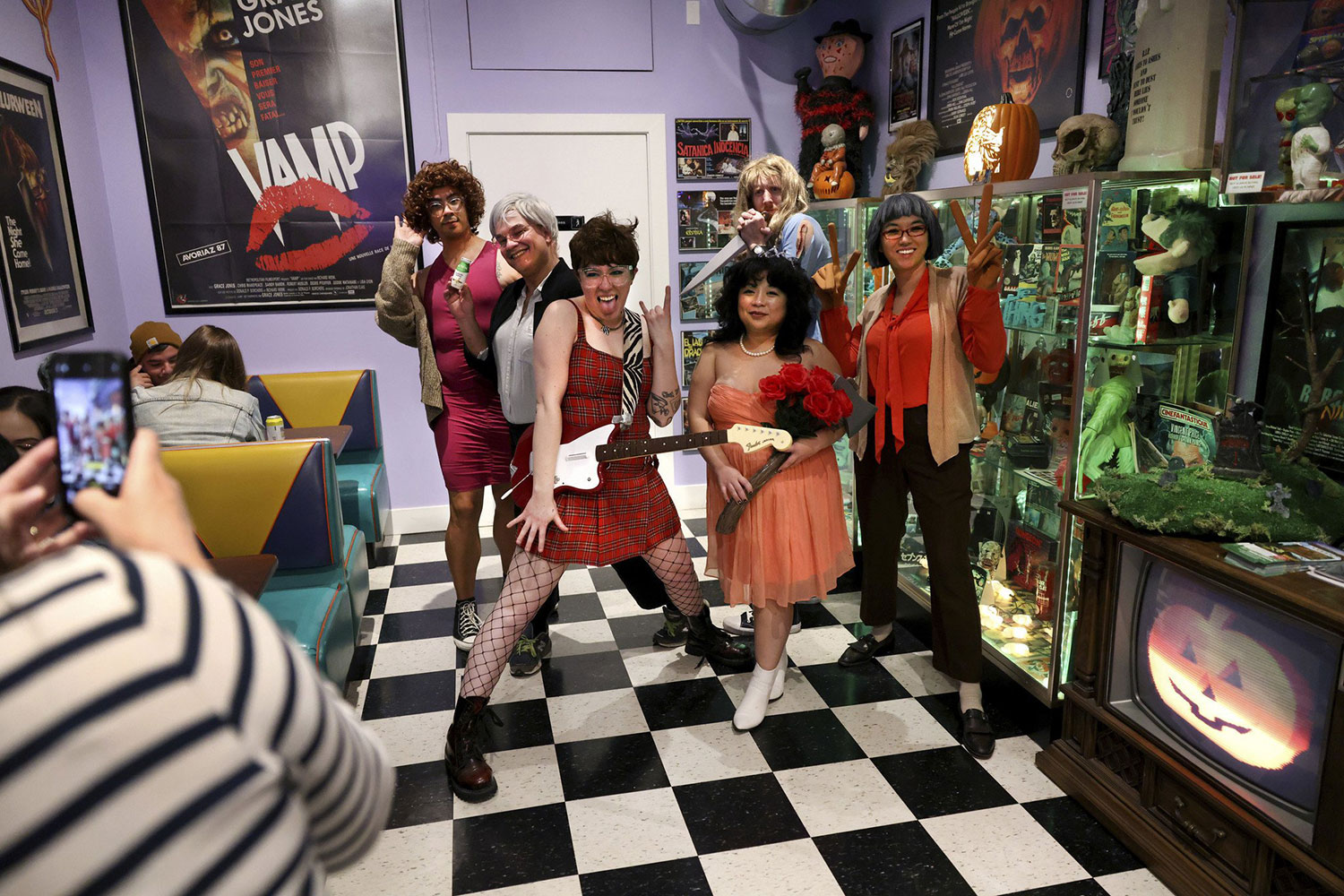Ex-sworn guard testifies January 6 was ‘the moment of the taking of the Bastille’, says there was no apparent pre-plan to enter Capitol

Washington – The former Oath Keeper testified in court Monday that he came to Washington, D.C., with other members of the far-right militia. January 6, 2021trying to prevent a peaceful transfer of power.
Graydon Young, a Florida man who pleaded guilty to conspiracy and is cooperating with a federal pre-sentence investigation, told a jury in Washington, D.C., on Monday that he and his fellow jurors, including those currently under tried for seditious conspiracy, had an “implicit agreement” to oppose what they considered “corrupt elements” in the US government of the day.
But under cross-examination, Young testified that despite the common understanding he described, the Oath Keepers at the Capitol on Jan. 6 clearly did not plan to enter the building, agreeing with counsel that the Capitol breach was more “spontaneous” than planned.
Founder of Oath Keepers Stewart Rhodes and co-defendants Kelly Maggs, Jessica Watkins, Kenneth Harrelson and Thomas Caldwell are currently on trial for multiple crimes related to their alleged planning and coordination to carry out what prosecutors say was a conspiracy to stop the peaceful transfer of power from Donald Trump to Joe Biden.
However, while Young said there was no apparent plan to storm the Capitol, he said he and three of the defendants who entered the Capitol saw themselves as part of a “Bastille-type moment,” a “significant” events in the history of the development of the revolution.
The purpose of the conspiracy, he said under direct examination by prosecutor Jeffrey Nestler, was to disrupt Congress, and the Capitol break-in created an “opportunity” to do just that.
Young explained that after the 2020 election, he joined Oath Keepers at the suggestion of his sister — also indicted Jan. 6 — and felt the organization was an “effective way to get involved” after finding protests against the election results ineffective.
“I was really excited and emotionally involved in what was going on,” Young testified Monday. He said he spent too much time on the Internet, focused more on baseless claims of election fraud than on his own family, and it seemed that the oath keepers agreed with his thinking.
“Trump was different,” he said, and “something more is needed” than a peaceful protest to make sure their concerns about the election were heard.
On cross-examination, Young testified that he did not attend many events organized by Oath Keepers. He said that during his membership he served on one security detail for Trump confidant Roger Stone. The attorneys argued that their clients were mostly in the D.C. area to provide similar safety and security assistance to participants in the January 6 high-level rally.
He was not very familiar with the defendants currently on trial and revealed that he only knew them by their so-called “call signs” prior to the attack. Young also said the military-style “stop” that prosecutors say Oath Keepers used to enter the Capitol during the breach was also unfamiliar to him.
After he took part in the January 6 attack, Young said he initially felt “shocked” by the events, but later went into “frenzy mode” and joined his sister in burning their Oath Keeper paraphernalia and deleting messaging apps, fearing be investigated. .
Youg testified that his plea agreement in 2021 required him to tell the whole truth when asked about Jan. 6, and he admitted under questioning by attorneys that part of the motivation for his truthful testimony Monday was to get prosecutors to recommend a lesser prison term. .
Young emotionally told jurors that he “totally and completely” owns up to his actions that day, and later said he now considers himself a “traitor” against his own government.
Young was not the first member of the Oath Guard to appear on Jan. 6 and testify against the defendants in the seditious trial. Jason Dolan, also a cooperating witness, told jurors earlier this month that members of the group should have been willing to push back against an illegitimate government and support what they believed to be a legitimate president, not an illegitimate one.
“We were preparing to go to D.C.,” Dolan recalled, “if necessary to take up arms and fight back.”
Prosecutors allege that the defendants coordinated movements, stockpiled weapons and attempted to use force to stop the legitimate functioning of the government.
Jurors also heard from U.S. Capitol Police Officer Harry Dunn, who met with some of the defendants in the Oath Keepers case at the Capitol on Jan. 6. In numerous exhibits shown to jurors, rioters were seen close to, and in some cases further away from, Dan.
Defense attorneys argued that Dunn told the FBI that those rioters, including some Oath Keepers, were actually working to protect him from parts of the crowd that day and were not contributing to the chaos inside, as prosecutors allege.
But on Monday, Dunn said none of the Oath Keepers offered to help him, and another group wearing similar gear separated him from the crowd elsewhere.
“We’ve got dozens of officers killed,” Dunn said, he told the group, which allegedly included Maggs and Harrelson, “you want to kill everybody.”
Defense attorneys, however, questioned Dunn’s memory, questioning whether he could have connected the two events, but the officer, who has been open in the past about the trauma he experienced that day, testified that he did not. He told jurors that the only thing that would help at this point would be if the rioters left the building entirely.
Prosecutors said Monday they had several witnesses left before opening their defense arguments. Rhodes, who recently recovered from a COVID infection that delayed the trial, intends to testify on his own behalf, attorneys said.
https://www.cbsnews.com/news/oath-keepers-trial-bastille-type-moment/




